Trophic cascades take place when the loss, reintroduction or recovery of a species in one part of the food web alters the numbers not just of the species it feeds upon but also of species with which it has no direct interaction. The impacts cascade through the food web, in some cases radically transforming the ecosystem and surrounding landscape
Vultures & Rabies
One of the strangest trophic cascade effects is the correlation between the decimation of India’s vultures and an epidemic outbreak of rabies. In a relatively short period, vulture populations dwindled due to the use of an anti-inflammatory drug administered to cattle called diclofenac. The drug was fatal to vultures when they consumed carcasses containing traces of it. As the vulture populations collapsed, the carrion they ate, was instead consumed by feral dogs, which correspondingly boosted their numbers. Dog bites are said to be the cause of 95% of the deaths from rabies in India, and the rising number of feral dogs has meant more people are likely to be infected by the disease.
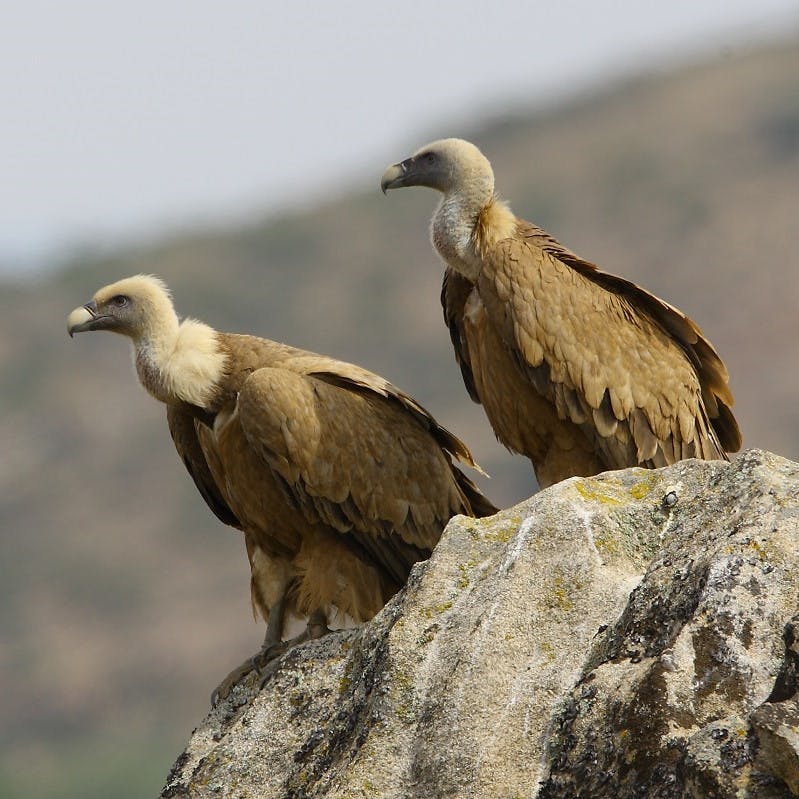
Beavers, Salmon & Flood Prevention
In northern Europe, salmon that live in beaver dams are generally much bigger than salmon in other parts of the rivers. The dams built by beavers provide salmon with shelter they cannot find elsewhere, and so the juvenile salmon grow faster and become healthier and stronger. The total weight of all the creatures living in the water may be between two and five times greater in beaver ponds than in undammed waterways.
In addition to improving salmon stocks, the beaver plays an unwittingly yet vital role in flood prevention. So much so that environmental agencies are now mimicking beaver behaviour by putting woody debris back into streams and rivers to slow the water flow. Such an approach to flood management is simple and effective but very expensive – while beavers could be doing it for nothing!

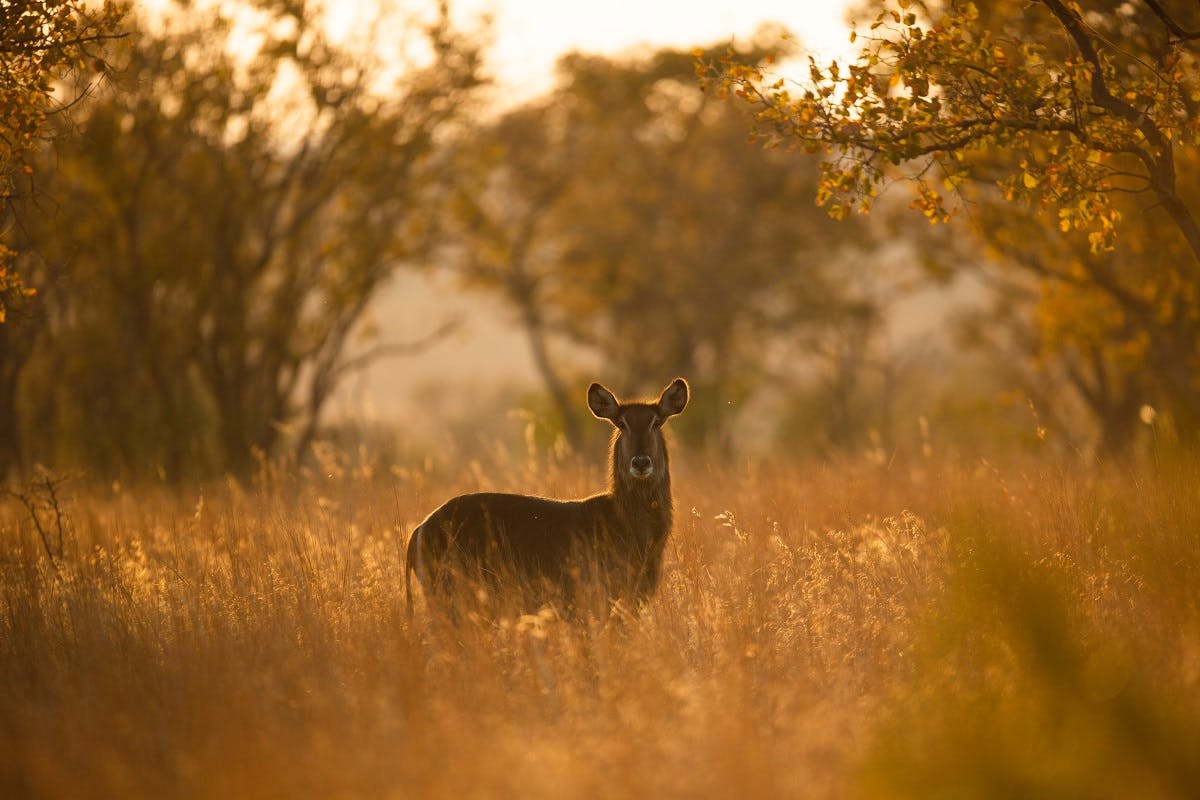

Take action now
Do you want to have a direct impact on climate change? Sir David Attenborough said the best thing we can do is to rewild the planet. So we run reforestation and rewilding programs across the globe to restore wild ecosystems and capture carbon.
Get involvedLynx & Lyme’s Disease
Though the majestic lynx has not yet been reintroduced into Scotland, there are a growing number of advocates for its return. An introduction of lynx would help curb numbers of roe and other small deer species, which currently overrun much of the Scottish Highlands.
Yet an even more surprising trophic cascade effect is lynx suppressing deer numbers would be a corresponding decline in cases of Lyme’s disease. Spread to humans by deer ticks, Lyme’s disease is a debilitating and sometimes incurable illness, which according to an article on Lyme’s disease in Health Spectator has increased in England, Wales and Scotland over the last ten years. There could be no better time to bring back the lynx!

Wild Boars & Bluebells
Every springtime bluebells transform the UK’s woodlands, and it’s these uninterrupted carpets of intense blues and purples that have made British woods so famous. However during a recent visit to Knepp Wildland in Sussex, I learnt an inconvenient truth that a monoculture of any species (including bluebells) is an indication, not of the wealth of the ecosystem, but its poverty!
If you go to Knepp Wildland in spring, which is as close to being an undisturbed ecosystem in the UK, you won’t find woodland floors carpeted in bluebells. Instead, you’ll find a whole host of wildflowers jostling one another in an explosion of colour. Such vibrancy and variety demonstrate just how much the rest of Britain’s woodlands are missing, and the extent to which wild boar or in the case of Knepp, Tamworth pigs transform their environment.
Trophic Cascades are not just synonymous with large carnivores. - The free-roaming Tamworth pigs at Knepp and the wild boars of northern Europe can live alongside bluebells, but not only bluebells. By rooting and grubbing on the woodland floor, they create small wetlands in their wallows, and habitats for a fascinating and vibrant host of flora and fauna, and ultimately a much richer ecosystem, albeit with fewer bluebells.
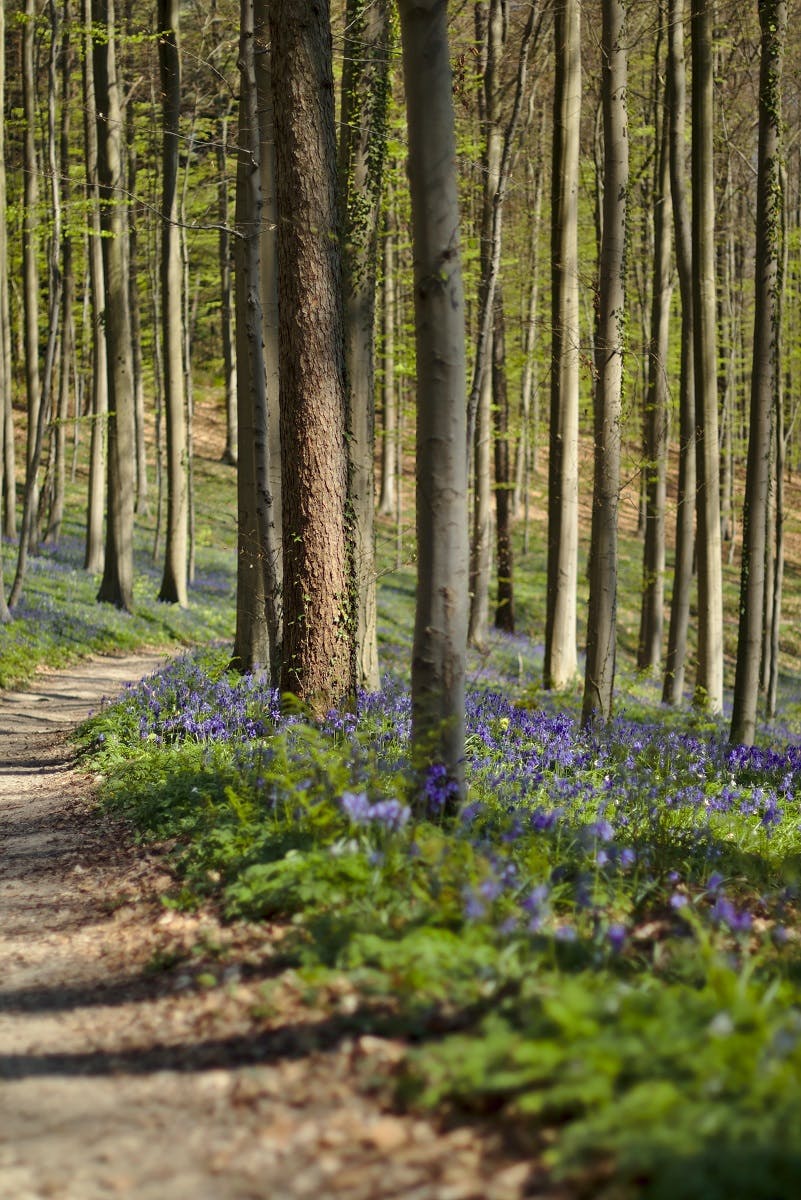
Trophic Cascades & Climate Mitigation
Trophic cascades can in certain circumstances help to combat and mitigate the impacts of climate change by restoring healthy ecosystem services. For example, where herbivores exist at extremely high densities, excessive browsing is limiting the ability of woodlands to regenerate, thereby inhibiting their ability to sequester carbon. Returning predators to an area can therefore help woodlands regenerate and lead to more carbon being captured in the trees and soils. Similarly, an absence of marine predators, specifically whales could lead to increased greenhouse gases. Whales play a crucial role in ocean carbon sequestration by circulating essential nutrients from the bottom of the ocean to the surface, where they are fed on by phytoplankton and other carbon sequestering flora. By conserving these species, we can protect their vital place in the ocean’s food web and secure their role in capturing carbon and fighting global climate change.
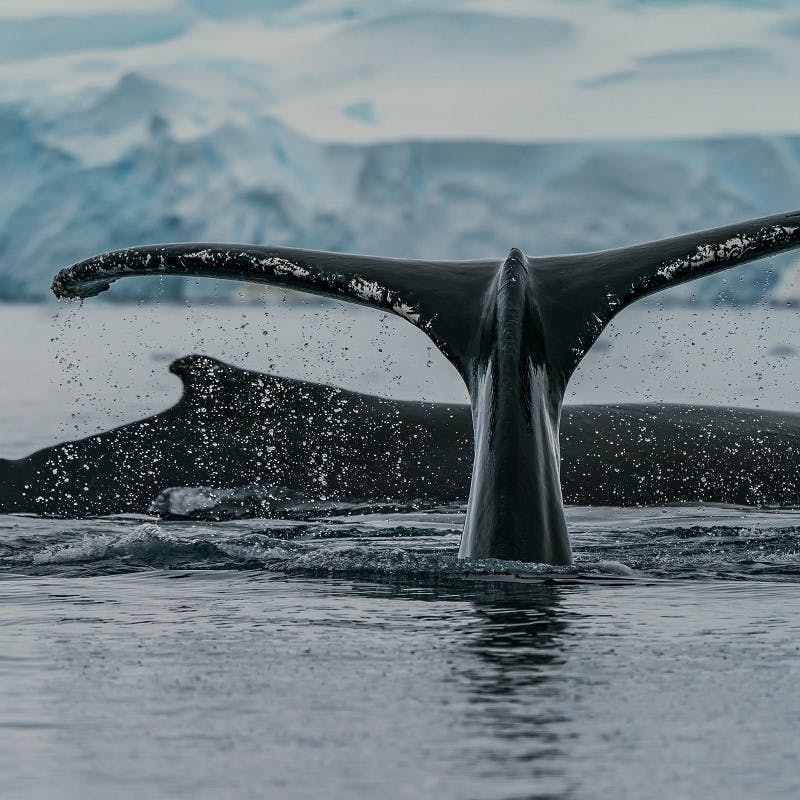
Wolves & Soil Fertility
The infamous trophic cascade effect of wolves of Yellowstone, kept elk populations in check as well as influencing their grazing patterns, which inadvertently rewilded riverbanks. The resulting regrowth attracted greater numbers of songbirds, larger birds of prey, and enabled populations of salmon, beaver and bison to increase.
And if that wasn’t enough, the wolves unwittingly re-engineered the soil composition. As the numbers of salmon rose, which are caught by bears, otters, eagles and ospreys, as did the number of salmon carcasses dragged onto land and eaten. The carcasses, rich in nutrients, were spread along the riverbanks in the animals’ dung. It’s said that up to 16% of the nitrogen in the leaves of trees within 500m of a salmon stream came from the sea.
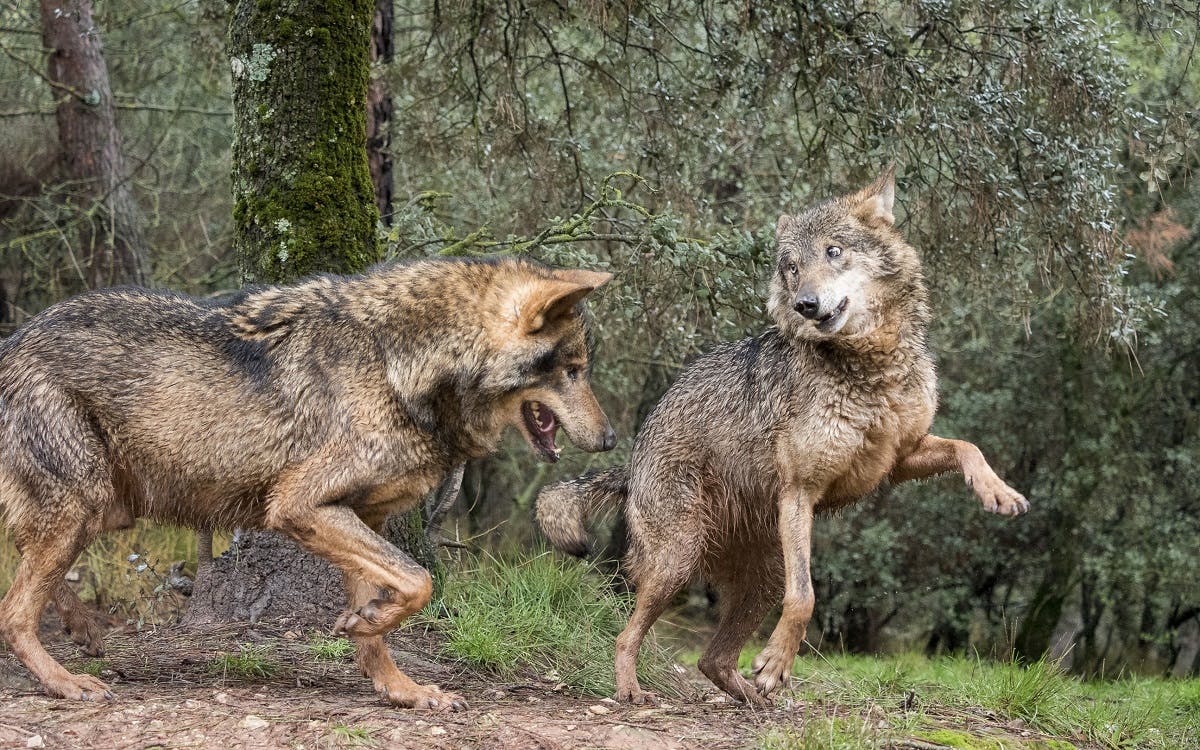
Glossary of terms
Carbon Sequestration: Is the trapping and storing of carbon dioxide to prevent it from entering the atmosphere. The ocean is the main proponent of carbon sequestration, storing huge quantities of CO2. Forests are also invaluable at capturing and storing CO2.
Ecosystem: A community of biological organisms such as animals, plants, fungi and how they interact with one other and the environment they live in. An ecosystem has biological, physical and chemical components and come in endless forms.
Greenhouse Gases: Gasses that accumulate in the planet’s atmosphere creating the greenhouse effect. GHG’s will permit heat to travel through them however will not let it return, thus creating the Greenhouse effect, the warming of the area within the atmosphere. Such gasses include Methane, Carbon Dioxide and Nitrous Oxide.
Monoculture: They are farms and plantations that only grow a single species of plant for human use. They do not exist in nature and are often created at the expense of natural occurring ecosystems and habitats.
Phytoplankton: Microscopic organisms, mostly algae, that live in the ocean. With over 5,000 known species, they provide the foundation for much of the life in the oceans, being food for many marine species. They also play an invaluable role in carbon capture, using CO2 to survive via photosynthesis.
Wetlands: They are naturally occurring flooded lands that provide unique habitats to organisms. Wetlands are also highly valuable for the mitigation of climate change and provide natural flood protection.
Sources & further reading

- “Loss of large predators has caused widespread disruption of ecosystems” - Science Daily
- “Making space for rewilding: creating an enabling policy enviornment” - Oxford University Research Archive
